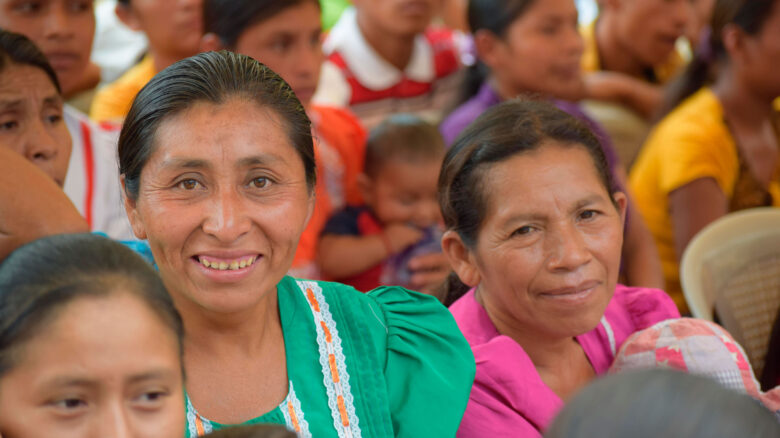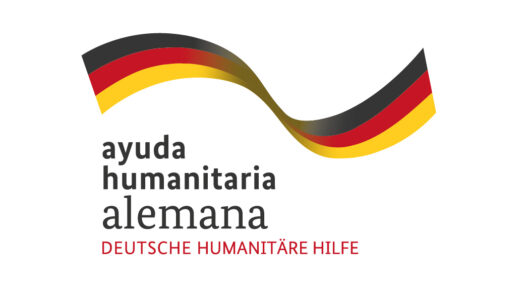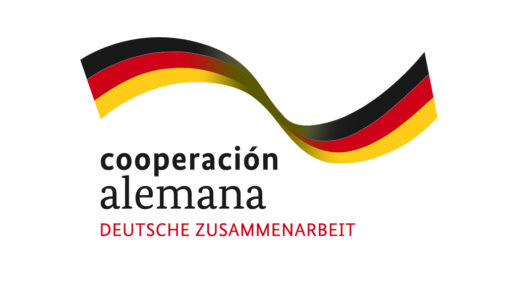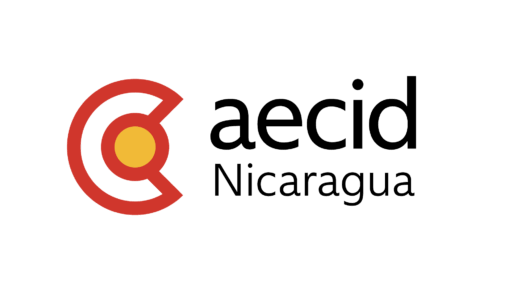
Who are the Chortís?
The Chortí culture is an indigenous group that inhabits the territory of what today belongs to Honduras and Guatemala. They are considered descendants of the Maya, more closely related to the Maya of Yucatan, Belize and northern Guatemala. And relatives of the Choles who inhabit Chiapas, Mexico.
The Chortí culture is an indigenous group that inhabits the territory of what today belongs to Honduras and Guatemala. They are considered descendants of the Maya, more closely related to the Maya of Yucatan, Belize and northern Guatemala. And relatives of the Choles who inhabit Chiapas, Mexico.
According to historians Lardé and Larín, the Chortís - because of their ethnolinguistic affiliation - are direct descendants of the Mayas, responsible for the culture of Copán, Quiriguá and other southern cities of the old empire[1]. Scientists share the idea that the Chortís are from the Mayan family and the Chol linguistic branch (language of some parts of Mexico). Culturally and linguistically, the Chortís are related to the Chontales of Tabasco and the Choles of Chiapas (Mexico). The Choles and the Chortís had already separated before the Spanish conquest; the former moved northwest and the latter remained in the original region. According to anthropological and historical sources, the Chortís are the result of the fusion of different peoples. The Pipils were one of these peoples who had a decisive influence on the region because, with the introduction of the market, they undermined the entire ancient structure of circulation of goods regulated by customs linked to kinship. The sign of this coexistence between Pipil and Chortís continued for many centuries, after which these peoples were absorbed by the Maya culture. The appearance of the Chorti dialect within the Chol language was the result of the encounter with other peoples.
According to scientific sources, the Chorti people are one of the oldest within the Maya-Quiché family, which confirms the archaism of their language. In Honduras, Chorti is considered a dead language; the only places where it can be studied are in the Guatemalan towns of Jocotán and Camotán, where the Chorti language is manifested in its purest expression, although they have already adopted a wide vocabulary in Spanish. In Honduras, some vestiges of this language can still be found in the communities of El Paraíso, Carrizalón and Ostumán. The native language is "tcor ti" (Spanish Chortí). Spanish is currently the commercial language par excellence, since they use it in the markets to negotiate with the ladinos and even among themselves during the buying and selling.
Historically, the Maya-Chortís of Honduras were located in the departments of Ocotepeque, Copán and a narrow strip in the north of the departments of Cortés and Santa Bárbara. Currently, most of these indigenous people are located in Guatemala; Chiquimula (Jocotán, Camotán and Olopa) and the department of Zacapa (La Unión); reaching a population of 85,000 people. The Chortí population of the country lives in areas of difficult access. Recent studies show that Copán, as a cultural center, was the seat of the civilization of the ancient Maya empire. The Chortís may very well be direct descendants of the population that inhabited Copán before the conquest and their language may be fundamentally the same as the one spoken in ancient Copán. The progressive decline of the Chortí population began, like other indigenous peoples of the country, in the sixteenth century, with the beginning of colonization, as the Spanish system of repartimiento and encomiendas seriously affected the indigenous populations. The mistreatment and humiliation committed against the Indians by the encomendadores and corregidores, plus the diseases acquired in the indigo work and the smallpox and measles epidemics, caused considerable devastation in the indigenous communities. According to unofficial data, the Chortí population of Guatemala, where the cultural center of this group is located, is currently estimated at 85,000 individuals. On the Honduran side, in addition to the language, they have also lost their traditional costume and a large part of their culture; quite the contrary, the Guatemalan Chortís wear it daily and have managed to preserve much of their ancestral culture. The territorial limits between Honduras and Guatemala have separated the Chortí population of both countries, which has contributed to the loss of the language and in general to their ethnic extinction.
Corn and beans are the only foods considered absolutely indispensable and probably of greater importance than all other domestic crops combined. For both the Chortís of Guatemala and Honduras, corn tortillas and beans symbolize food and their ancestral names (among the Chortís of Guatemala) mean food. Sugar cane seems to be almost as important as maize, as many local families devote a third or half of their land to its cultivation. The importance of domestic animals is much less. Excluding chickens and jolotes (turkeys), their use and care seems to be an occasional activity, requiring little attention and planning; edible meat animals are considered a secondary food source. Few people eat meat or animal by-products, as they tend to sell them to ladinos and thus earn a little money to cover other basic needs.
[1] Old Mayan Empire is a term used by Sylvanus G. Morley in his work The Maya Civilization -1947- in order to define one of the three great epochs of Maya history. This epoch spans from 353D.C. to 1987. It was later redefined as the Classic Period (Diccionario Histórico Biográfico, 2004).
—————————————————————————————–
This text was written in the framework of the "International Day of Indigenous Peoples" by Engineer Edgar Lemus and Engineer Alejandra Menéndez, Program Coordinator, both from our local partner in Chiquimula, Guatemala: ASORECH.
To learn more about our program: https://asb-latam.org/proyectos/sequiaca/






